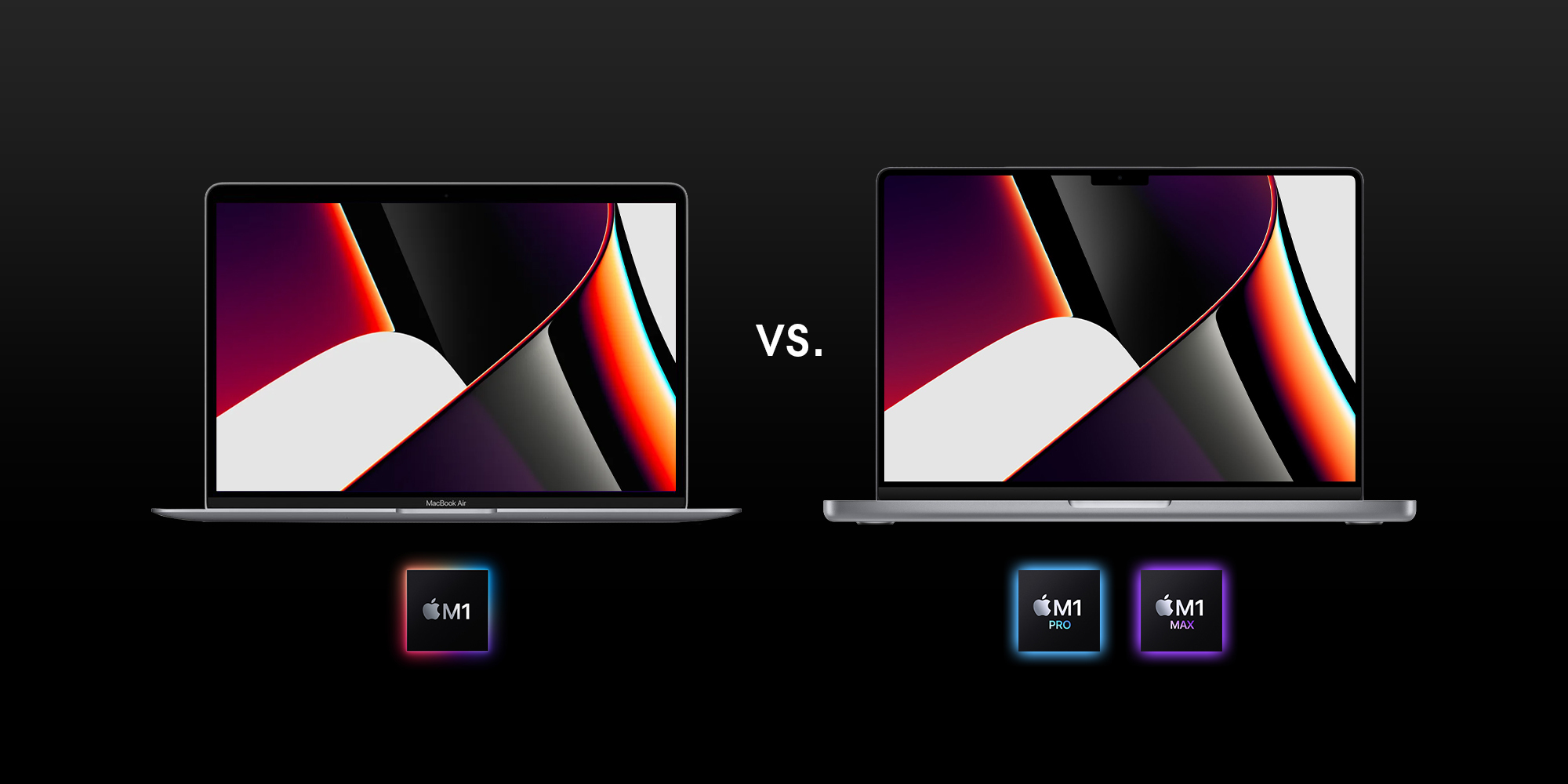

- 2016 imac pro for video editing 1080p#
- 2016 imac pro for video editing portable#
- 2016 imac pro for video editing plus#
- 2016 imac pro for video editing mac#


It will be much faster than my old machine. I have just bought a MacBook Pro 15″, and I will be editing on it. It’s kind of comparing Apples to Oranges. We can only hope that this will change with the future CC updates, but for now, it seems that this is the optimal performance creative professionals particularly working with MacOS can get.Īpple 27″ iMac with Retina 5K Display (Mid 2017)Īpple 15.4″ MacBook Pro with Touch Bar (Mid 2017, Space Gray)
2016 imac pro for video editing mac#
Unfortunately, the performance of Premiere Pro CC regarding render times on the latest Mac computers is still behind the curve.
2016 imac pro for video editing plus#
Just look at the massive difference between Premiere Pro CC and Resolve 14 when rendering the same 4K project on the latest 2017 MacBook Pro.Īll in all, DaVinci Resolve 14 seems to be a decent alternative on both machines as it already provides most of the features that you’ll be able to find in Premiere Pro CC, plus it’s free and its overall performance in MacOS continuously improves over time.įCPX, on the other hand, seems to be the go-to video editing platform in terms of speed, performance, and optimization, but the lack of many professional features is still a big deal breaker for many content creators.
2016 imac pro for video editing portable#
According to Max, if you prefer to work with the Adobe NLE, and you’re looking for a portable solution, you should better get a PC laptop such as the latest Dell XPS 9560 laptop that also features 7th-generation Kaby Lake processors and can handle 4K video much more efficiently than these counterparts, especially when you want to get the most out of Premiere Pro CC. In the meantime, the scores of these benchmark tests were a bit different when you compare them with the performance of Premiere Pro CC. Nevertheless, both machines were able to achieve some impressive results, particularly when stabilizing 4K footage in FCPX.

2016 imac pro for video editing 1080p#
For instance, the latest 5K iMac is at least 40% more productive when you compare it to the brand new 2017 MacBook Pro when it comes to video editing in Premiere Pro CC and DaVinci Resolve 14 whereas the difference becomes even more noticeable with the more complex 1080p and 4K projects, something that can be clearly seen in the benchmark tests below.įurthermore, the larger screen real estate that the 27-inch 5K iMac display brings to the table makes the video editing experience a lot more convenient and productive when compared to the MacBook Pro. To put things into perspective, Max Yuryev provides some extensive benchmark tests that should give you a more in-depth and precise insight which one of the platforms you should opt for to be able to get the best video editing experience and optimal performance out of these top-spec machines.Īpparently, the harder you push both computers, the more distinct performance differences you’ll be able to find. The bigger difference, though, becomes more evident when you compare the results based on the performance of the video editing platform you pick for the job as well as the complexity of the projects that each computer needs to handle.Īs expected, you won’t be able to get the same level of efficiency out of those machines when you compare the real-world performance of FCPX, Premiere Pro, and DaVinci Resolve 14 running side-by-side on both computers. In case you’re wondering how do the latest 2017 5K iMac and 2017 MacBook Pro stack up against each other when it comes to performing system-intensive video editing tasks in the studio or on the go, you’ve just come to the right place.įirst and foremost, both Mid 2017 models included in the comparison below pack an impressive set of hardware components under the hood including the latest generation Intel Kaby Lake quad-core i7 processors, Radeon Pro 560 and 580 GPUs, a decent amount of RAM as well as 512GB fast SSDs.


 0 kommentar(er)
0 kommentar(er)
